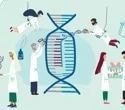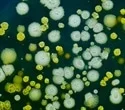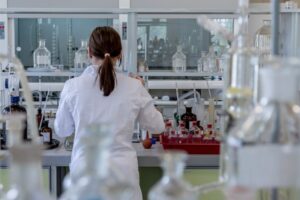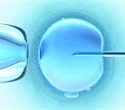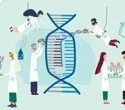
National DNA Day, a day of awareness commemorating the discovery of the DNA double helix, is observed annually on April 25. But this year is particularly significant since it marks both the 20th anniversary of the Human Genome Project’s completion and the 70th anniversary of the discovery of the DNA double helix.
We spoke with Dr. Francis Collins, the head of the Human Genome Project and former director of the NIH, about his extraordinary career in genetics, from his early scientific interest to his involvement in the Human Genome Project, all the way through to his work in the NIH and White House as a presidential advisor, to demonstrate how far the field of genetics has come since the discovery of DNA’s structure.
Francis Collins here. I started studying physical chemistry in graduate school and developed a passion for the living sciences. When I became interested in DNA, I discovered that life science was doing some really amazing things that I had previously overlooked since I was concentrating on physics and chemistry problems that were easier to understand.
This forced me to adjust my course, which was beneficial even though it interfered a little with my life plans. I attended medical school, where I discovered that I was really interested in combining the study of genetics and the DNA molecule with the science of the human body, which is medicine.
For me, the interest in this wonderful molecule, which we are now celebrating the 70th anniversary of its original description, that double helix, was so compelling in this instruction book for human life and all other organisms.
To understand the most fundamental level of how disease happens and what you could do about it, you had to focus on DNA. The idea that one could discover misspellings in this instruction book that would have significant consequences for people’s future seemed like something I wanted to be involved in.
When I started, there were not many genetic diseases where we knew this answer, but over the course of the next 35 years, particularly because of the Human Genome Project, which I had the privilege of leading, we developed the tools to elegantly examine 3 billion letters of the human instruction book and find maybe just one that was out of place.
So-called positional cloning, which I had the chance to be involved in early on, enabled finding the cause of cystic fibrosis with colleagues and has now been conducted for almost 7,000 diseases, giving us hope for better diagnoses and ultimately discovering how to treat or even cure them.

